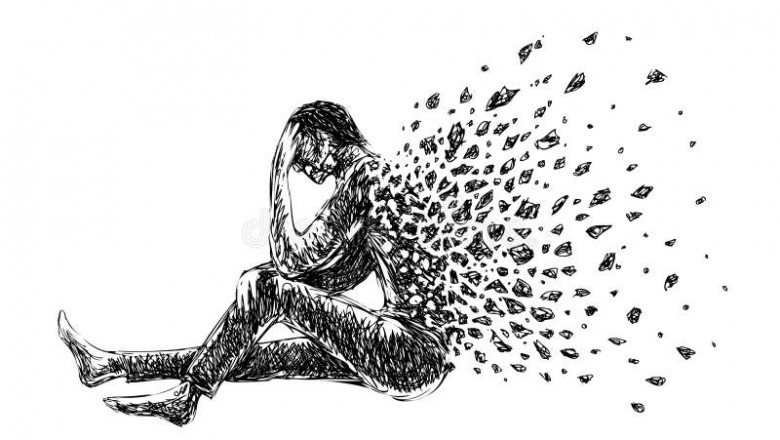views
Individual Movements: The Core of Personal Expression and Physical Empowerment
Individual movements refer to the purposeful, self-directed physical actions that are not performed in coordination with a group or team. These movements lie at the foundation of all physical activity, whether in a structured setting such as physical education or in spontaneous daily activities. They empower individuals to develop motor skills, body awareness, flexibility, and personal discipline.
Key Categories of Individual Movement Activities
1. Locomotor Movements
Locomotor movements are the fundamental movements that transport the body from one place to another. These movements are essential for the development of coordination, balance, and spatial awareness.
-
Walking: The most basic form of human locomotion.
-
Running: Builds cardiovascular endurance and leg strength.
-
Jumping and hopping: Improve leg power and joint flexibility.
-
Skipping and galloping: Enhance rhythm and coordination.
Mastery of these movements lays the groundwork for more complex athletic or functional performance.
2. Non-Locomotor Movements
Non-locomotor or axial movements occur without any shift in the base of support. They are crucial for postural stability, core strength, and joint articulation.
-
Bending: Used to increase range of motion and flexibility.
-
Twisting: Promotes spinal health and core mobility.
-
Stretching: Enhances flexibility and reduces muscle tension.
-
Balancing: Builds core strength and proprioception.
These movements improve the body's ability to remain stable during dynamic tasks.
3. Manipulative Movements
Manipulative movements involve the control and handling of objects such as balls, ropes, or racquets. Though often found in sports, they are also considered individual in context when practiced alone.
-
Throwing and catching
-
Kicking and dribbling
-
Striking with a racquet or bat
-
Rolling and tossing
These enhance hand-eye coordination, reaction time, and spatial judgment.
Benefits of Individual Movement Practices
Physical Development
Regular participation in individual movement activities improves:
-
Muscle tone
-
Cardiovascular health
-
Flexibility and joint health
-
Body composition
-
Motor control
Cognitive and Emotional Health
Individual movements also stimulate the brain, improving:
-
Concentration and focus
-
Problem-solving skills
-
Stress management
-
Mood regulation
Physical movement releases endorphins, enhances neuroplasticity, and supports overall mental well-being.
Self-Efficacy and Personal Growth
Engaging in individual movement fosters:
-
Independence
-
Self-discipline
-
Goal-setting
-
Confidence building
Unlike team sports, the individual has full control over their progress, rhythm, and method, allowing for a deeply personal experience of growth.
Examples of Popular Individual Movement Activities
Yoga
A practice combining non-locomotor movements, controlled breathing, and mindful postures, yoga enhances:
-
Core strength
-
Flexibility
-
Stress reduction
-
Balance and alignment
Its adaptability makes it ideal for all age groups.
Martial Arts
From karate to tai chi, martial arts blend strength, precision, and mental focus. Key benefits include:
-
Discipline and focus
-
Cardiovascular fitness
-
Self-defense skills
-
Agility and reflex training
These are often practiced alone, especially during drills or kata routines.
Gymnastics
Individual routines in floor exercise, balance beam, or rings involve a combination of locomotor and non-locomotor skills:
-
Body control
-
Power and explosiveness
-
Graceful movement
-
Spatial awareness
Solo Dance Practice
Whether contemporary, hip hop, ballet, or freestyle, dancing individually:
-
Boosts mood and creativity
-
Improves cardiovascular health
-
Develops rhythm and timing
-
Increases muscular endurance
Dance allows for uninhibited self-expression through movement.
Bodyweight Workouts and Calisthenics
Push-ups, sit-ups, planks, lunges, and squats are powerful non-equipment exercises for personal fitness:
-
Accessible and effective
-
Scalable for all fitness levels
-
Targets major muscle groups
-
Improves functional strength
Developing a Personal Individual Movement Routine
Assess Your Goals and Interests
Determine whether your focus is on flexibility, strength, endurance, or mental clarity. Choose activities that align with your motivations.
Start with a Structured Warm-Up
Warming up is essential to prepare the body and avoid injury. Effective components include:
-
Light cardio (jogging in place or jumping jacks)
-
Dynamic stretching
-
Joint rotations
Design a Balanced Routine
A well-rounded individual movement plan includes:
-
Cardio (e.g., jogging, dancing) – 20-30 minutes
-
Strength training (e.g., bodyweight exercises) – 15-20 minutes
-
Flexibility (e.g., yoga or stretching) – 10-15 minutes
Consistency is more valuable than intensity. Aim for daily or near-daily activity.
Track Your Progress
Use journals or fitness apps to record:
-
Daily activity type and duration
-
Energy levels
-
Mood before and after
-
Physical milestones or achievements
Tracking ensures long-term motivation and accountability.
The Role of Individual Movement in Physical Education
In schools, individual movement activities are foundational in physical education programs. They:
-
Introduce students to a variety of physical skills
-
Develop personal health and fitness habits
-
Accommodate different ability levels
-
Encourage lifelong movement practices
Through individual movement, students learn body literacy, the ability to understand and control their body effectively.
Adapting Individual Movements for All Ages and Abilities
Children
-
Hopscotch
-
Balance games
-
Jumping rope
-
Dance and play-based yoga
Teens
-
Running routines
-
Solo martial arts practice
-
Calisthenics challenges
Adults
-
Solo gym workouts
-
Mindful movement practices
-
Solo sports (e.g., tennis wall drills, swimming)
Seniors
-
Chair yoga
-
Tai Chi
-
Balance walks
Adaptation ensures that every individual can participate in meaningful movement.
Incorporating Individual Movement Into Daily Life
-
Take walking breaks throughout the day
-
Stretch during screen time
-
Do a five-minute yoga flow upon waking
-
Dance while cooking or cleaning
-
Use stairs instead of elevators
Every moment is an opportunity for movement. Consistent small actions yield long-term benefits.
Conclusion: Embracing the Power of Individual Movement
Individual movements are more than just physical actions — they are expressions of autonomy, growth, and health. Whether practiced for fitness, mental wellness, or pure joy, these movements form the bedrock of a life well-lived. By integrating them into our daily routines, we nurture not only stronger bodies but also more resilient and fulfilled lives.














Comments
0 comment